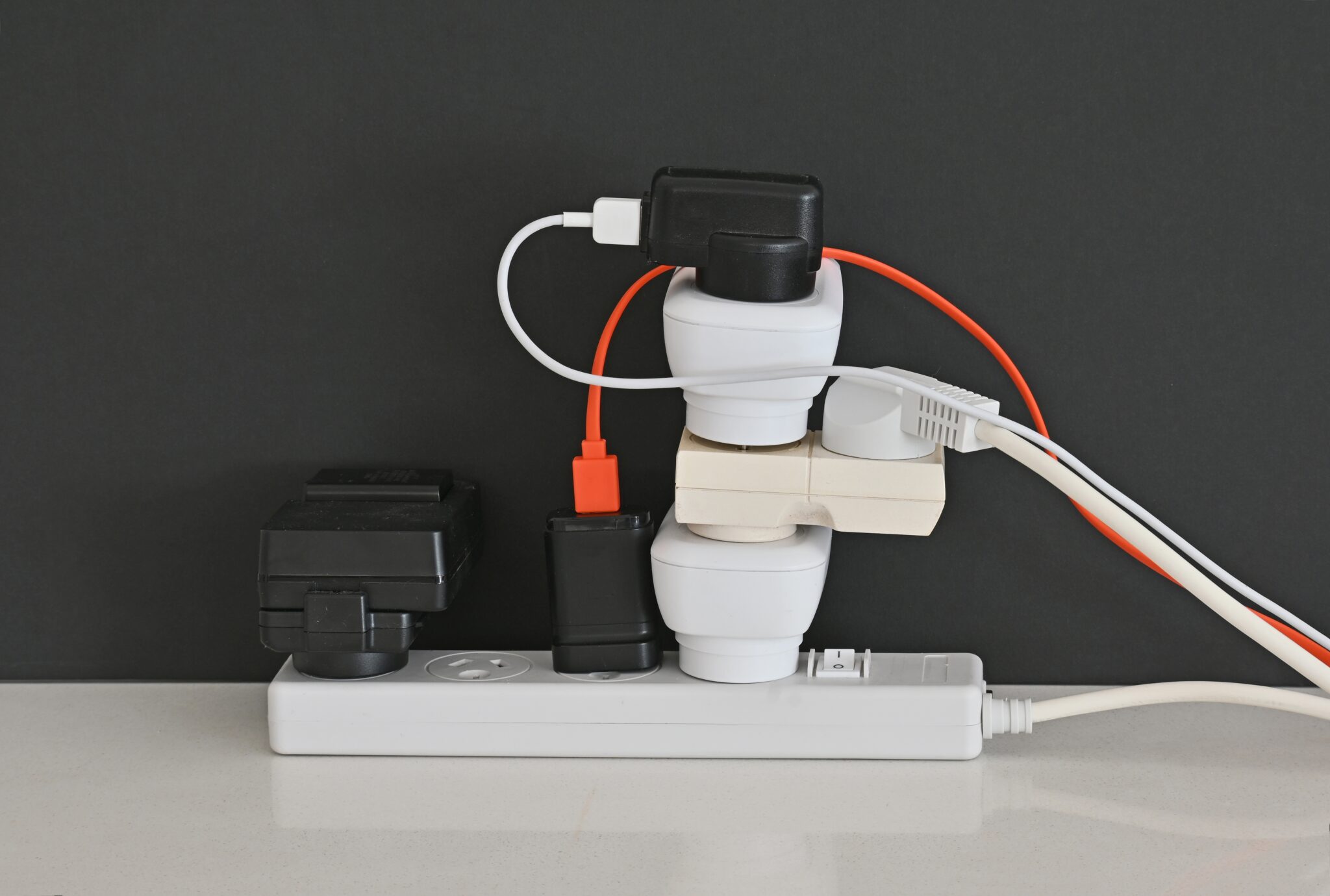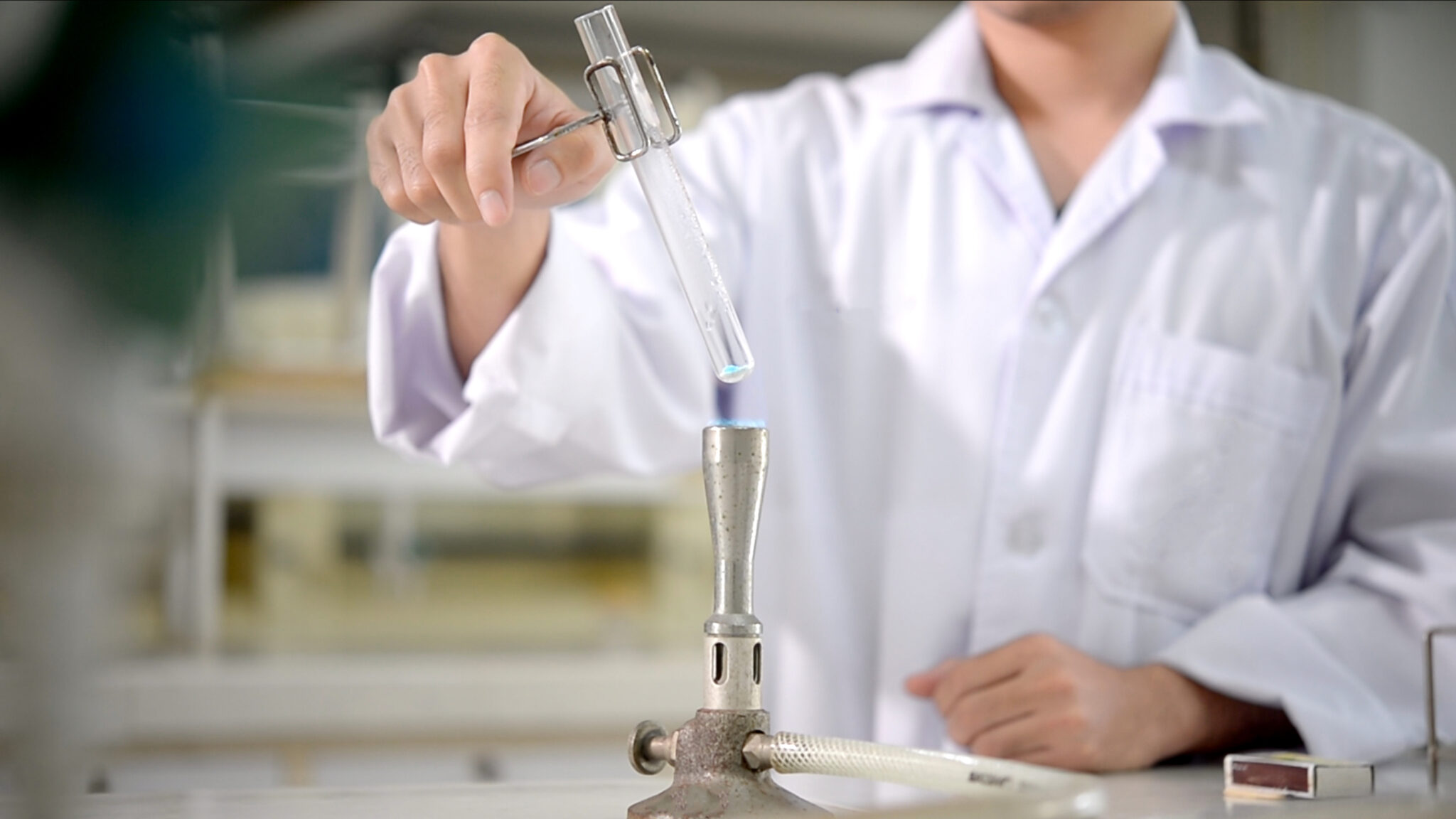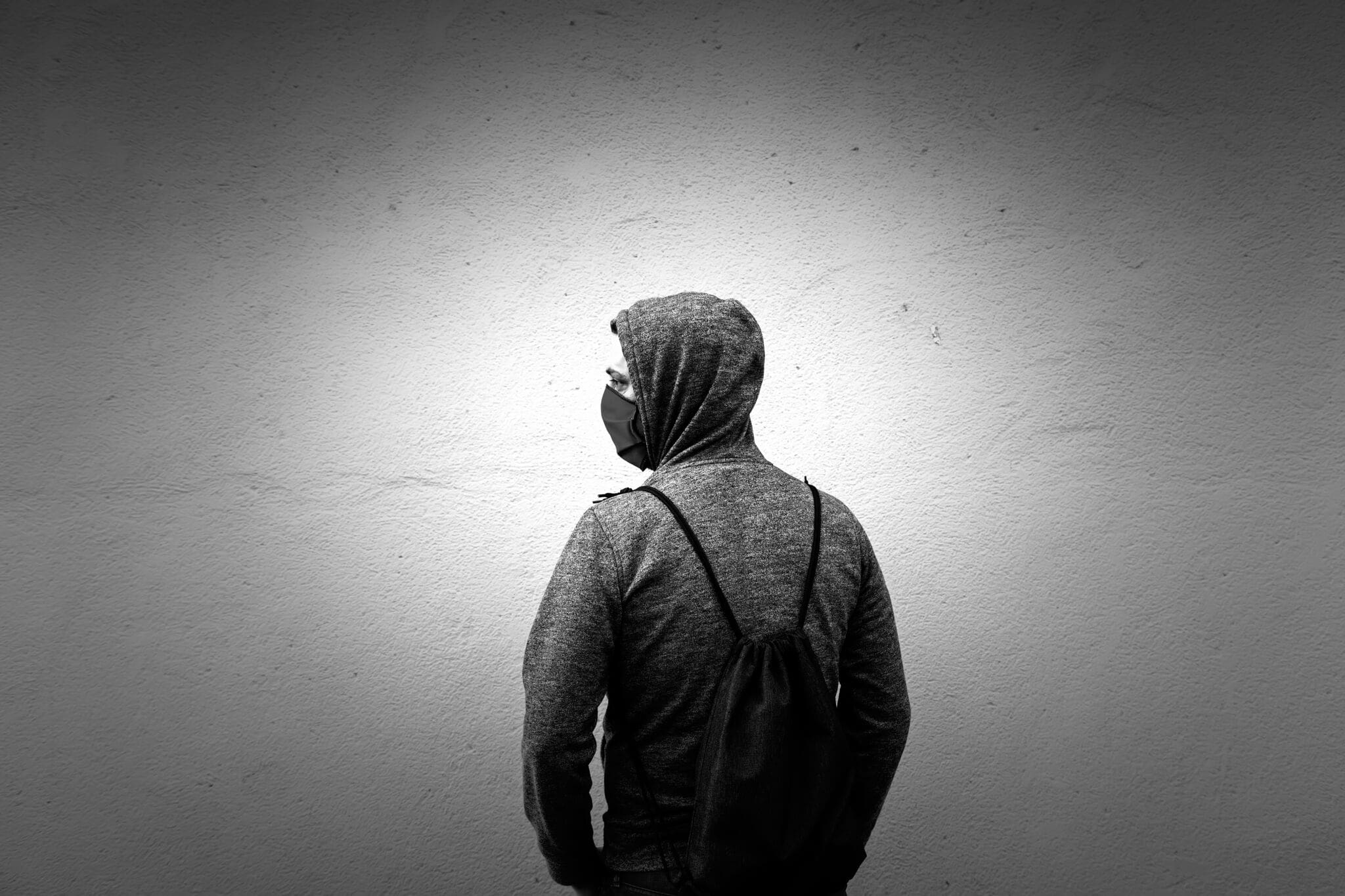In this article
Schools are designed to be safe spaces for learning and development, but they’re not immune to fire risks. Fires in educational settings can not only damage property and disrupt learning but also place lives in danger. While large-scale school fires are thankfully rare, smaller fires and near-misses occur more frequently than many realise.
According to the latest data from the Home Office’s Incident Recording System (IRS), there were 596 primary fires in schools and other educational buildings across England between April 2022 and March 2023. Of these, 140 incidents were attributed to deliberate ignition, while 78 fires were caused by cooking appliances – the leading accidental cause of school fires.
The financial cost of these fires is significant. Research by Zurich Municipal found that the average cost of a school fire in 2023 was £128,000. In addition to financial loss, school fires can lead to prolonged closures, loss of coursework, trauma for pupils and staff, and long-term educational disruption.
Despite the risks, fire safety in schools is often under-prioritised, especially when budgets are tight or buildings are ageing. Yet schools are legally required to manage fire risks and protect the occupants under several pieces of UK legislation.
This article explores the most common fire hazards found in schools, the legal responsibilities of those in charge, the potential consequences of fire incidents, and the key precautions schools can take to prevent and prepare for fire-related emergencies. Whether you’re a headteacher, site manager, teacher or governor, understanding these risks and how to mitigate them is vital to keeping pupils, staff and school property safe.
Potential Fire Hazards in Schools
Schools are dynamic environments that host hundreds (sometimes thousands) of people daily. From science experiments and cooking classes to IT equipment and storage rooms, multiple fire hazards can exist across a school site. Understanding these risks is the first step toward effective prevention.
Electrical Equipment and Faults
Modern classrooms are filled with electrical equipment: computers, projectors, printers, smartboards and more. Faulty wiring, overloaded plug sockets, damaged cables and improperly maintained devices can all lead to electrical fires. Older school buildings may also have outdated wiring that doesn’t meet current safety standards.
Key risk factors include:
- Overloaded extension leads or multi-plug adaptors
- Lack of regular Portable Appliance Testing (PAT)
- Damaged insulation on wires or appliances
- Poor ventilation of devices that generate heat
Cooking Facilities
Kitchens – whether full catering kitchens or small classroom cookery stations – are a major source of fire risk. The combination of high temperatures, flammable materials and busy schedules can lead to accidents.
Common hazards include:
- Unattended appliances
- Flammable oil or grease build-up
- Poor maintenance of extraction systems
- Human error during lessons or food service
Science Laboratories
School science labs contain chemicals, open flames and electrical equipment, often used simultaneously. While experiments are essential for hands-on learning, they must be supervised closely.
Lab hazards might include:
- Improper chemical storage
- Bunsen burners left on or improperly used
- Inadequate ventilation
- Mislabelled or expired substances
Art and Design Technology Rooms
These areas often contain heat tools, kilns, soldering irons, glue guns and flammable materials like paints, adhesives and solvents.
Risks in these rooms include:
- Flammable substances stored near heat sources
- Unattended equipment left plugged in
- Dust build-up from woodworking that can act as fuel in a fire
Arson and Deliberate Fires
Shockingly, a significant number of school fires are started deliberately. Every year, around 1 in 20 schools has a fire, and almost 60% of those fires are started deliberately. Vandalism, break-ins or even actions by students or former pupils can lead to devastating fires.
Arson risk factors:
- Poor perimeter security
- Open bins or combustible materials left outside
- Inadequate surveillance or lighting in vulnerable areas
- Unsecured access points after hours
Storage Areas and Clutter
Cupboards, storerooms, and corridors filled with paper, cardboard or old furniture can act as kindling in the event of a fire. Excessive clutter also hampers evacuation and may block fire exits.
Heating Systems and Boilers
Poorly maintained heating equipment, especially in older buildings, can overheat or malfunction, leading to fire. Boiler rooms should always be kept secure and inspected regularly.

What Are the Possible Consequences of a School Fire?
The effects of a school fire can be far-reaching, extending well beyond the immediate damage to buildings. Even a small fire can result in significant disruption, while larger incidents may have long-term educational, financial, emotional and legal implications.
Injury or Loss of Life
Although fatalities in school fires are rare, the risk to life is ever-present. Smoke inhalation, burns or crush injuries during evacuation can all occur if fire breaks out during the school day. The safety of students, many of whom are young, neurodiverse, or have additional needs, must always be the top priority.
Psychological Impact on Pupils and Staff
A fire can be traumatic, especially for children. Witnessing or experiencing a fire-related evacuation, injury, or loss can cause anxiety, sleep disturbances, or fear of returning to school. Staff may also suffer from post-traumatic stress, especially if they were responsible for managing evacuation or providing first aid.
Educational Disruption
In the aftermath of a fire, teaching and learning are frequently interrupted. Depending on the scale of the damage, pupils may need to relocate to other schools, be taught in temporary classrooms, or move to remote learning. Coursework may be lost, exam preparations delayed, and routines disrupted, potentially affecting attainment.
Financial Costs
School fires are expensive. Beyond the direct cost of rebuilding or replacing damaged infrastructure, schools may incur costs for:
- Temporary accommodation or transport to alternative premises
- Replacing learning materials, IT equipment and furniture
- Increased insurance premiums
- Emergency repairs and safety inspections
- Business continuity planning and loss of reputation
As mentioned before, Zurich Municipal has reported average damages of £128,000 per school fire, with some reaching millions.
Loss of Historical or Educational Resources
Older schools often contain irreplaceable historical records, archived student work, books and heritage architecture. Fires can permanently destroy these assets, many of which hold cultural, educational or sentimental value.
Legal and Regulatory Consequences
If an investigation reveals that a school failed to meet fire safety requirements, senior leaders or governing bodies may face legal action. The Health and Safety Executive (HSE) or local fire authority may impose fines or prosecutions for breaches of the Regulatory Reform (Fire Safety) Order 2005. This can also damage the school’s reputation and public trust.
Legislation Concerning Fire Safety in the UK
All schools in the UK are legally required to take proactive steps to prevent fires and ensure the safety of pupils, staff and visitors. Fire safety legislation applies whether a school is run by a local authority, academy trust or independent body. Understanding the relevant laws is crucial for compliance and accountability.
The Regulatory Reform (Fire Safety) Order 2005
Often referred to as the Fire Safety Order, this legislation is the cornerstone of fire safety law in England and Wales. It places a legal duty on the “responsible person” (typically the headteacher, principal or site manager) to:
- Carry out a fire risk assessment
- Implement suitable fire precautions
- Maintain fire detection and warning systems
- Ensure safe evacuation routes and procedures
- Provide training and information to staff
Non-compliance can result in enforcement notices, prohibition of school operations, or even prosecution.
Note: In Scotland, the relevant law is the Fire (Scotland) Act 2005 and the Fire Safety (Scotland) Regulations 2006. In Northern Ireland, it is governed by the Fire and Rescue Services (Northern Ireland) Order 2006 and related regulations.
The Building Regulations 2010 (Approved Document B)
This document sets out the fire safety standards that must be met when school buildings are constructed or significantly altered. Key elements include:
- Safe means of escape
- Compartmentalisation to contain fire spread
- Installation of fire alarms and sprinkler systems (especially in new builds)
- Access for emergency services
In 2021, updated guidance recommended sprinklers in all new special schools and those with sleeping accommodation, though this is not yet a mandatory national requirement for all schools.
Health and Safety at Work etc. Act 1974
This act requires employers, including schools, to protect the health, safety and welfare of employees and others on the premises. It supports fire safety measures through the obligation to assess risks and maintain safe systems of work.
Management of Health and Safety at Work Regulations 1999
These regulations require schools to:
- Carry out risk assessments (including for fire)
- Appoint competent persons to manage health and safety
- Establish procedures for serious and imminent danger
- Provide training and information to all employees
Department for Education (DfE) Guidance
While not legislation, the DfE’s Building Bulletin 100: Design for Fire Safety in Schools outlines best practice in fire safety for both existing and new school buildings. It strongly recommends sprinklers in new schools and provides guidance on risk reduction through design, construction and ongoing management.
Who is Responsible for School Fire Safety?
Fire safety in schools is a legal responsibility, not just a moral one. Several individuals and bodies have duties under fire safety legislation, but ultimately, accountability lies with the designated “responsible person”, a term defined by the Regulatory Reform (Fire Safety) Order 2005.
The Responsible Person
In a school setting, the responsible person is typically:
- The headteacher or principal, or
- The employer, which may be a local authority, academy trust, governing body or proprietor in independent schools.
This individual or body is legally required to ensure that fire risks are assessed and managed appropriately, and that precautions are in place to protect all building users.
Duties of the Responsible Person Include:
- Ensuring a fire risk assessment is completed and regularly reviewed
- Implementing and maintaining appropriate fire safety measures
- Making sure that fire alarms, extinguishers, emergency lighting and escape routes are in working order
- Providing fire safety training and information to all staff
- Planning and practising fire drills and emergency procedures
- Keeping clear records of all fire safety activity
Competent Persons
The responsible person may appoint one or more competent persons to help meet these duties. In schools, this often includes:
- Site managers or caretakers
- Facilities or compliance officers
- Health and safety coordinators
These individuals may carry out routine fire checks, ensure alarm systems are tested, or monitor equipment maintenance, but the legal responsibility still sits with the responsible person.
Governing Bodies and Trustees
In academies and maintained schools, governing bodies or trust boards have a strategic duty to ensure that robust fire safety policies are in place and that the school leadership team is fulfilling its legal obligations. Governors may also be asked to review fire risk assessments and monitor compliance as part of their oversight responsibilities.
All School Staff
While the legal duty lies with the responsible person, every staff member has a role to play in maintaining a safe environment. Staff must:
- Familiarise themselves with evacuation procedures
- Know the location of exits and extinguishers
- Report any fire hazards or damaged equipment
- Participate in fire drills
- Supervise pupils effectively during an emergency
Fire Safety Risk Assessments in Schools
A fire risk assessment is the foundation of all effective fire safety management in schools. It identifies potential hazards, evaluates the risk to life and outlines measures to control or eliminate those risks. Conducting and maintaining a thorough risk assessment is a legal requirement under the Regulatory Reform (Fire Safety) Order 2005.
What Is a Fire Risk Assessment?
A fire risk assessment is a structured process that involves:
- Identifying potential fire hazards (e.g. flammable materials, faulty wiring)
- Determining who might be at risk (pupils, staff, visitors, those with disabilities)
- Evaluating the risks and deciding on precautions
- Recording the findings and implementing necessary actions
- Reviewing and updating the assessment regularly or when changes occur
This assessment should be site-specific, taking into account the size, layout, usage and occupancy of the school.
Who Should Carry It Out?
While the responsible person is legally accountable for ensuring a fire risk assessment is completed, it should be carried out by a competent person – someone with the knowledge, training and experience to identify fire hazards and recommend suitable controls.
In many cases, schools will:
- Use internal staff (e.g. health and safety officers or premises managers) with appropriate training, or
- Appoint external fire risk assessors for more complex or high-risk buildings
The Fire Sector Federation recommends that schools check the credentials of assessors and look for inclusion on professional registers such as the Institute of Fire Safety Managers (IFSM) or IFE Fire Risk Register.
What Should Be Covered in a School Fire Risk Assessment?
A comprehensive risk assessment in a school setting should include:
- Building layout and access/egress routes
- Fire detection and alarm systems
- Firefighting equipment (extinguishers, sprinklers, hose reels)
- Emergency lighting
- Compartmentation and fire doors
- Flammable and hazardous materials (including those in science labs or DT rooms)
- Cooking and catering equipment
- Storage of waste and combustibles
- Electrical installations and portable appliances
- Provision for vulnerable individuals, including children with SEND
- Evacuation procedures, including fire drills and assembly points
How Often Should a Fire Risk Assessment Be Reviewed?
There is no set timeframe in law, but the Fire Safety Order requires assessments to be kept up to date. In practice, schools should:
- Review the assessment at least annually
- Reassess if there are significant changes (e.g. building alterations, new activities, changes in occupancy or a fire incident)
- Keep a record of when reviews are conducted and actions taken
A proactive approach to risk assessments not only ensures compliance, but it can also save lives, prevent property loss and protect educational continuity.
Precautions for School Fires
Preventing fires before they start is the most effective way to safeguard schools, pupils and staff. Schools must implement a range of precautions, from physical safety measures to behavioural policies, to reduce the risk of fire and ensure a prompt response if one occurs.
Installation and Maintenance of Fire Detection and Alarm Systems
Early detection is critical in preventing fire escalation. Schools should have:
- Smoke and heat detectors installed throughout the premises, including classrooms, corridors, kitchens and storage areas.
- A reliable fire alarm system that alerts everyone in the building immediately.
- Regular testing and maintenance of alarm systems to ensure functionality, with records kept of all inspections.
Firefighting Equipment
Schools must provide appropriate firefighting equipment, including:
- Fire extinguishers suitable for different types of fires (water, foam, CO2, dry powder).
- Fire blankets in kitchens and science labs.
- Clear signage indicating the location of equipment.
- Routine checks and servicing by qualified personnel.
Safe Storage of Flammable Materials
Flammable substances commonly found in schools (such as cleaning chemicals, paints, fuels, and gas cylinders) must be stored safely:
- Keep in designated, ventilated and locked storage areas.
- Use containers designed for hazardous materials.
- Ensure staff are trained in handling and storage protocols.
Electrical Safety
Electrical faults are a frequent cause of fires. Precautions include:
- Regular inspection and testing of electrical wiring and appliances by certified electricians.
- Avoiding overloaded sockets and extension leads.
- Ensuring portable electrical devices used by staff and pupils meet safety standards.
- Promptly repairing or replacing faulty equipment.
Kitchen and Catering Safety
Kitchens are high-risk areas and require additional measures:
- Staff training on fire risks and safe cooking practices.
- Installation of appropriate extraction and ventilation systems.
- Regular cleaning to prevent grease build-up, a common fire hazard.
- Fire suppression systems such as automatic sprinklers or foam extinguishers.
Housekeeping and Waste Management
Good housekeeping reduces fuel for fires:
- Keep corridors and escape routes clear of clutter.
- Store waste materials away from the building in safe containers.
- Dispose of combustible waste promptly and properly.
Controlled Use of Open Flames
Activities involving candles, science experiments or special events must be carefully controlled:
- Obtain necessary permissions and risk assessments beforehand.
- Ensure supervision by trained staff.
- Keep fire safety equipment close at hand.
Staff and Pupil Training
Everyone on-site should understand fire risks and their role in prevention. This is achieved by:
- Regular fire safety awareness sessions.
- Training in using fire extinguishers where appropriate.
- Clear communication of fire policies and procedures.

School Fire Drills
Regular fire drills are a crucial part of any school’s fire safety strategy. They ensure that pupils, staff and visitors know how to respond quickly and calmly in the event of a fire, reducing the risk of injury and improving overall safety.
Importance of Fire Drills
Fire drills provide an opportunity to practice the evacuation procedures, test the efficiency of escape routes, and identify any issues that might slow down or complicate evacuation. They help build familiarity so that in a real emergency, everyone understands what to do without hesitation.
Frequency and Timing
Schools should conduct fire drills at least once per term, but many choose to do them more frequently, especially at the start of the school year or after any changes to the building or fire safety systems. Drills should also take place at different times of day to ensure preparedness during all activities, including lunch breaks or after-school events.
Planning and Communication
A fire drill requires careful planning. The responsible person or fire safety coordinator should:
- Inform all staff in advance to ensure they can supervise pupils effectively.
- Ensure that evacuation routes and assembly points are clear and accessible.
- Make arrangements for pupils or staff with mobility difficulties.
- Notify the local fire service in advance if required, though many drills are conducted without prior notification.
Conducting the Drill
When the fire alarm sounds, everyone must follow the established evacuation procedures promptly and quietly. Staff should lead their groups to designated assembly points, accounting for all pupils and visitors. The drill should simulate a real evacuation as closely as possible, including closing classroom doors and ensuring corridors are clear.
Reviewing the Drill
After each drill, review what went well and identify any issues. Feedback should be gathered from staff and pupils, and any problems with routes, timing or communication should be addressed immediately. A written record of each drill, including the date, time taken and observations, should be maintained as part of the school’s fire safety documentation.
Preventative Measures for School Fires
Beyond precautions and drills, schools must adopt a proactive approach to preventing fires from occurring in the first place. This involves embedding fire safety into everyday practices and fostering a culture of awareness and responsibility among everyone on site.
One critical preventive measure is the implementation of clear policies regarding the use of electrical devices and equipment. Schools should restrict the use of personal electrical appliances where possible and ensure that any equipment brought onto the premises is PAT-tested and used according to manufacturer guidelines. This helps minimise risks associated with faulty or inappropriate devices.
Training plays a fundamental role in prevention. Staff should receive regular, updated instruction on identifying potential fire hazards and responding appropriately to early warning signs such as the smell of burning or flickering lights. Encouraging pupils to report any unsafe conditions or concerns promptly can also help catch risks before they escalate.
Regular maintenance schedules for heating, ventilation and air conditioning (HVAC) systems contribute to fire prevention by reducing overheating and the accumulation of dust or debris that could ignite. Similarly, ensuring that fire doors are never propped open and that fire exits remain unobstructed supports effective compartmentation, slowing the spread of fire should one break out.
Implementing a no-smoking policy throughout the school grounds, including playgrounds and outdoor areas, is a straightforward but vital step. Smoking materials are a frequent ignition source, and enforcing this rule helps keep the environment safe for everyone.
Lastly, schools should establish clear protocols for activities involving potential fire risks, such as science experiments, cooking lessons or external contractors working on-site. These protocols should include supervision requirements, use of protective equipment and contingency plans tailored to the specific activity.
Through consistent enforcement of these preventive measures, schools not only comply with legal requirements but also create safer spaces where pupils and staff can focus on education without unnecessary risk.

Final Thoughts on Common School Fire Hazards
Fire safety in schools is a critical responsibility that requires ongoing attention, vigilance and commitment. By understanding common fire hazards and implementing comprehensive precautions, schools can significantly reduce the risk of fire and its potentially devastating consequences. Legislation provides a clear framework, but it is through diligent risk assessments, well-planned fire drills and robust preventive measures that schools create safe environments for pupils, staff and visitors alike.
Ensuring everyone is informed, prepared and involved fosters a culture of safety that not only complies with legal requirements but also promotes confidence and peace of mind within the school community. With continuous review and improvement, schools can protect their most valuable asset – the people within them – while safeguarding property and maintaining uninterrupted education.






